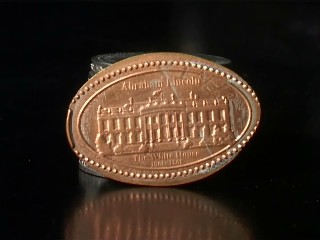HOW many local news channels can a medium sized
city like Baroda India has only 14 national Hindi news channels.
Add five of English, that’s still four short of Baroda’s tally!
That naturally takes one to the question: why is
the culture capital of Gujarat that news
hungry? Is it a reflection of city’s intellectual urges? Or is it something
else. Its not intellect when the stellar list of owner-editors includes a
former Omelet selling hawker, a plastics trader, a former student leader, and a
bootlegger. My limited pursuit of this question unfortunately did not lead
to a cogent explanation, except for, may be that it is an accident of
circumstances.
If for a moment we assume everything to be
above board, the business model is quite simple. Keep a camera team on the
ground to cover events, mostly accidents and press conferences, turn the
contents collected through the day into a half hour bulletin, burn a CD, and
give it over to a cable operator to beam it into local homes. In reality, the
camera team is actually a half educated boy who is given a cheap CCD video
camera and a mike. This cheaply equipped reporter-cameraman is mostly cheaply
paid as well. Paying the cable operator for the air time is the only other cost
to be borne. Bingo, and you own a news organization!
Two are cheekily named – DNTV (a take on NDTV),
and Times News Network (copying TOI’s TNN) – while another is simply called
7.30 as it gets aired in that slot in the evening. In case you thought some of
it might be difficult, one is even named Easy. Except for three channels – VNM,
TNN, and Easy – seen across the city, rest are actually Gali-Mohalla wonders
seen in pockets where they have clout with the cable operator. Many actually are only on paper, giving
fake prestige to the person registering it with administration. A sort of
arrangement that helps them put PRESS in bold on their vehicles just to avoid a
traffic cop’s chit.
My own experience during cub reporter days in Baroda
I am flagging the issue as it is connected with
larger media scene in the country as well. While multiplicity is seen as
guarantor of media’s independence – a countervailing force against domination
of few points of view – this kind of hydra headed explosion too is not in the
interest of both integrity and quality of the profession.
*Baroda’s
channels: VNM, GVN, GNN, TNN, DNTV, KTV, GTV, B-TV, BRG
News, Katar Sayaji, Times News Network, Tahelka, Raj Kavi, News Plus, Crime
Point, Today News, 7.30 PM, Gujarat News, India Aaj, Katibandh, Easy TV, and
Vadodara Mitra.







































